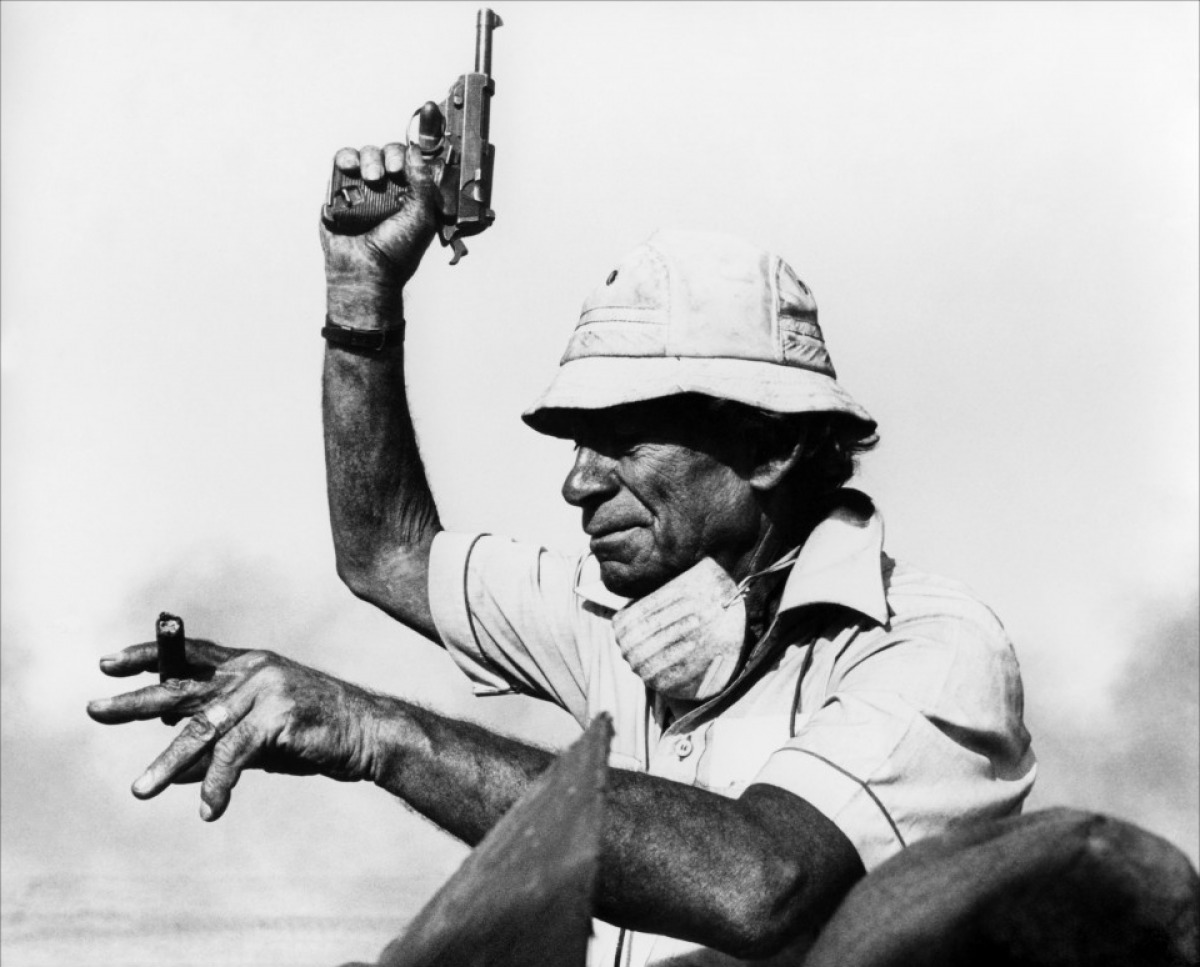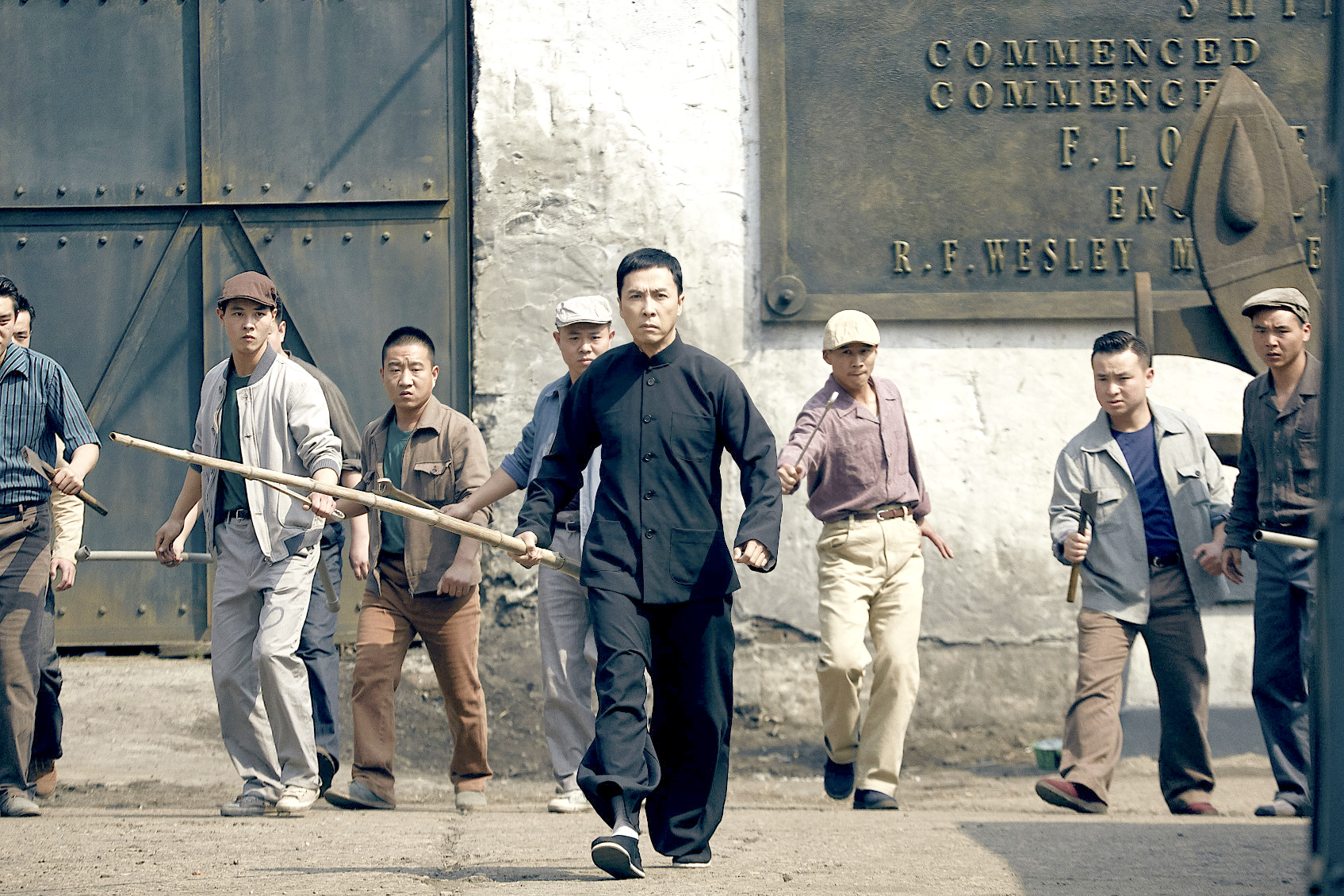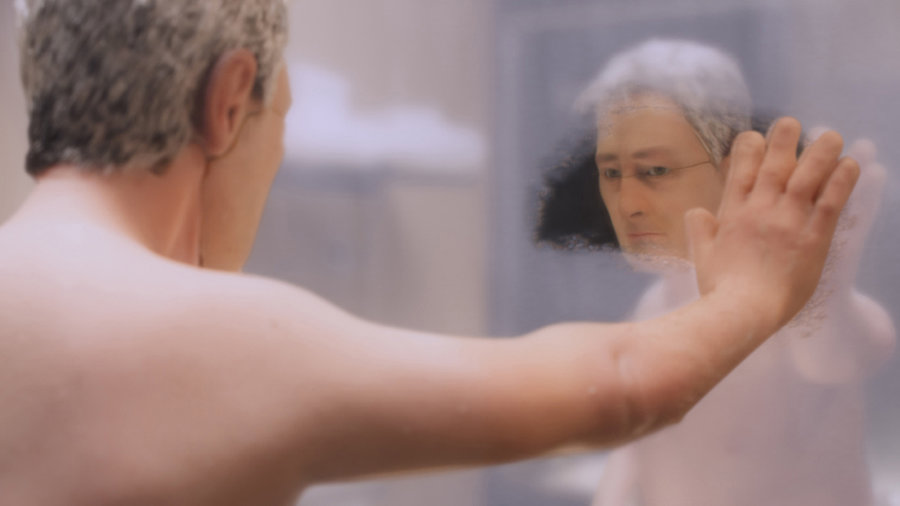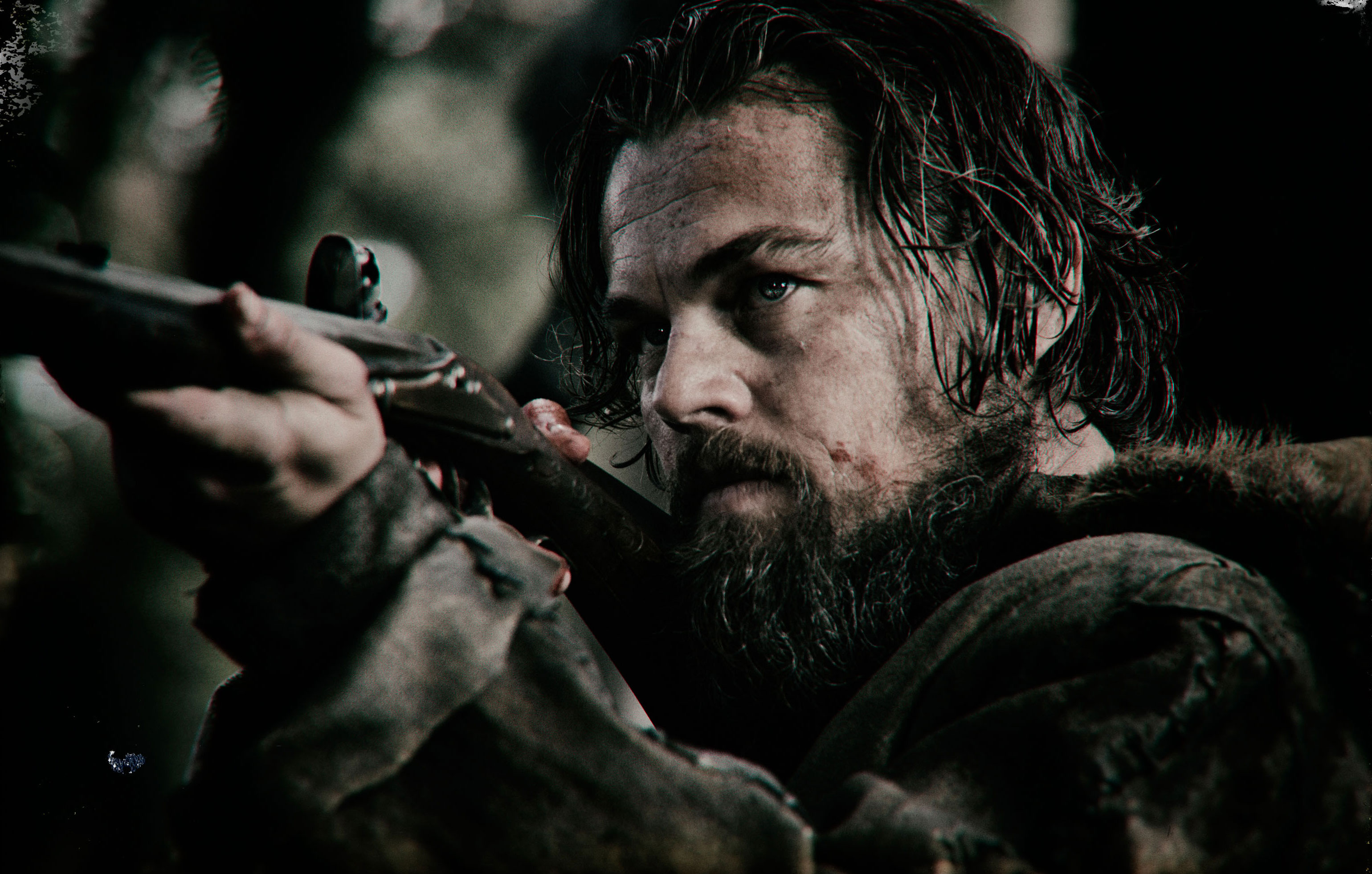If you are already a fan of Samuel Fuller’s uncompromising pulp cinema, you’ll be delighted by this new documentary tour covering the life and career of the director,writer, and producer. If you’ve never encountered one of his two-fisted yarns, you’ll almost certainly wonder how you got this far without stumbling across this flabbergasting character. A Fuller Life is ingeniously designed. The screenplay is drawn entirely from Fuller’s posthumously published 2002 memoir, A Third Face, spoken on and off camera by a gallery of intriguing readers: cast members from Fuller’s Big Red One (including Mark Hamill), fellow filmmakers such as Wim Wenders and Buck Henry, and the inescapable James Franco. Fuller’s scandal-sheet-ready prose is accompanied by (very brief) clips from his pictures, plus some fascinating footage he shot as an infantryman during World War II.
Infantry? Yes. Fuller (1912–1997) was already a successful Hollywood writer when he volunteered for the Army’s 1st Infantry Division, a decision that took him to North Africa, the D-Day landings, and the ovens of the Falkenau concentration camp. He signed up as a grunt because he figured that’s where the stories would be, an instinct honed in his scrappy teen years as a hungry reporter for New York newspapers. Fuller’s life is an incredible American saga, a tale of gigantic personality undaunted by poverty or danger. His recollections are hardly black-and-white, however, and his descriptions of postwar nightmares give the lie to notions of glory or heroism.
His films do that, too. They also stir up trouble—critics still can’t figure out whether he’s right-wing or left-wing—a habit that brought scrutiny during the Red Scare when FBI chief J. Edgar Hoover found Pickup on South Street less than patriotic. A Fuller Life is directed by the filmmaker’s daughter, Samantha (of course she’s named Samantha), who crafts it with affection and a keen sense of where the good anecdotes are. It would be great to see more film clips, even from the acting turns Fuller did; a moment from Jean-Luc Godard’s Pierrot le Fou leaves out the scene’s most famous line, in which Fuller defines cinema as though he’s dictating the lead paragraph of a tabloid story: “Film is like a battleground: love, hate, action, death . . . In one word, emotion.” A juicy writer, Sam Fuller was a vivid, often startling director—but for a taste of that, you’ll have to see the excellent 1996 doc The Typewriter, the Rifle & the Movie Camera.
Better still: During the run of A Fuller Life, the Grand Illusion theater will host one-off screenings (in appropriately gritty 16mm) of Fuller’s wild Shock Corridor (1963) and equally strange but compassionate The Naked Kiss (1964). Stumble in, and be flabbergasted.
film@seattleweekly.com
A FULLER LIFE Runs Fri., Feb. 27–Thurs., March 5 at Grand Illusion. Not rated. 80 minutes.








